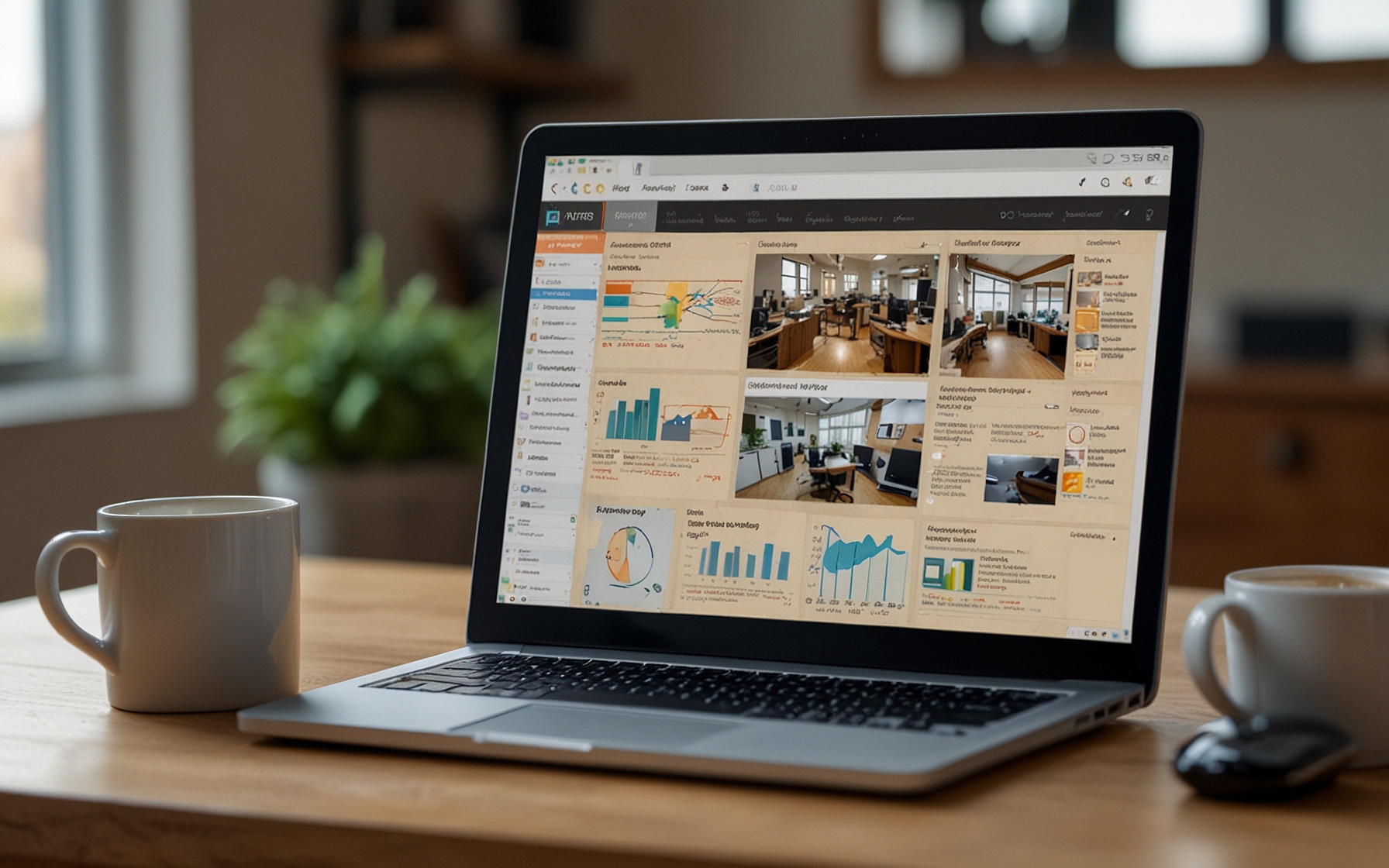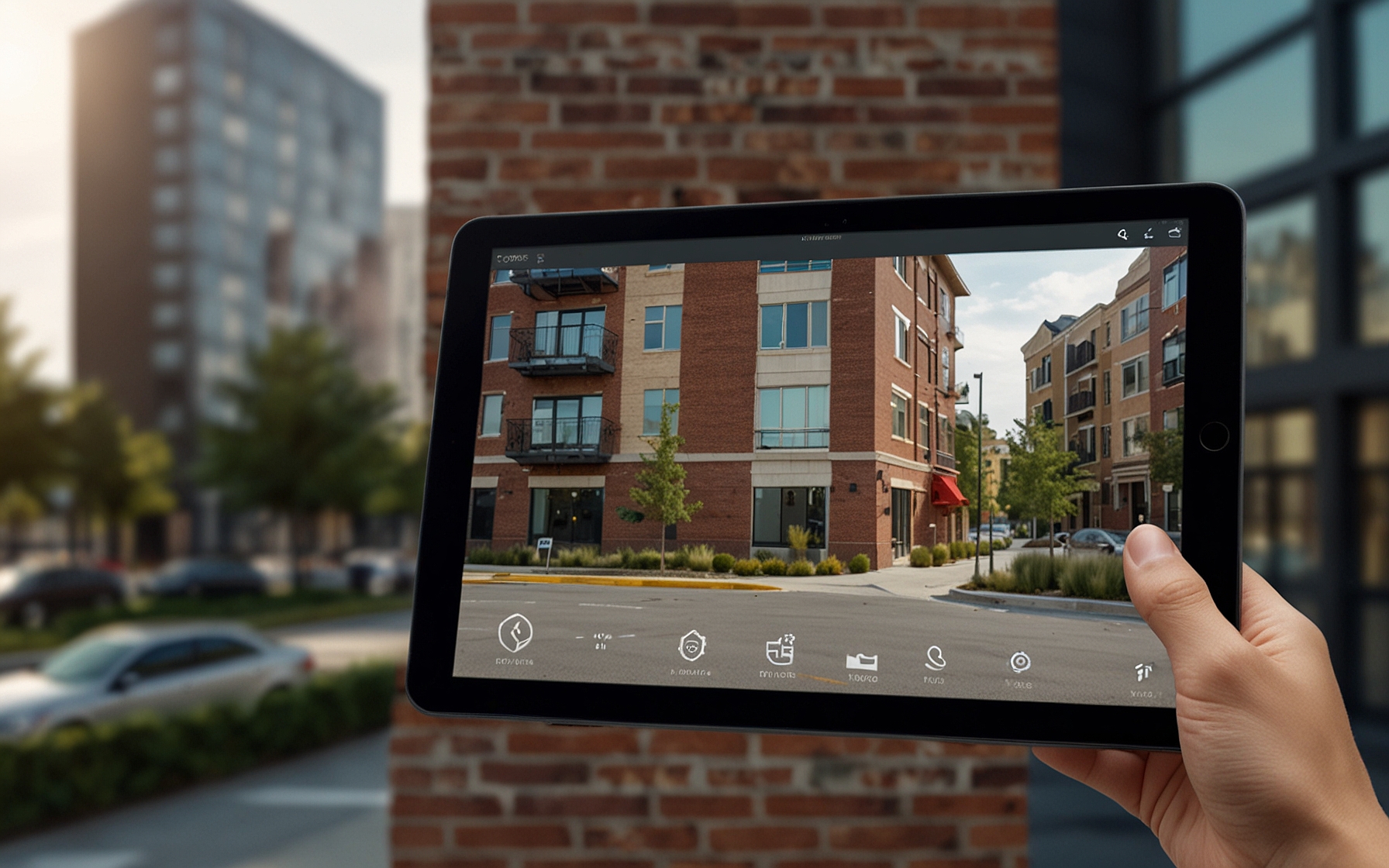
Emerging Digital Trends Transform Marketing
This blog explores how rapidly evolving digital trends, including AI, automation, and tighter privacy regulations, are transforming marketing across industries like SaaS, healthcare, legal, e-commerce, and real estate. It reveals how marketers must adapt day-to-day strategies through omnichannel personalization, first-party data use, and humanizing B2B engagement to stay competitive. The post highlights industry-specific tactics reshaping how businesses connect with buyers and offers insights on how forward-thinking teams innovate, test, and align with privacy to build lasting customer relationships amid constant change.
Year after year, digital trends shake up how marketers reach B2B buyers, and right now, change is even faster and more unpredictable. In every sector—be it SaaS, e-commerce, healthcare, legal, or real estate—the impact of emerging digital strategies can’t be ignored. With new AI engines rolling out and privacy rules tightening, marketing leaders in every industry are scrambling to innovate or end up just running in place. So, how are these trends actually changing what marketers do day-to-day, and how can businesses keep up?
Waves Rewriting B2B Marketing
The biggest thing hitting all B2B industries is the arrival of advanced AI and automation. Nearly all marketing moves now depend on real-time engagement, using AI to tweak every touchpoint—from chatbots that react instantly to personalized demo flows that feel like they “just get you.” Marketers can’t rely on siloed performance anymore. Instead, every message or campaign is tested, tweaked, and tracked for measurable results. Omnichannel personalization, where companies have to blend emails, new video, socials, and mobile, is basically becoming basic. Anything less feels outdated fast.
Since data privacy keeps getting stricter, using first-party data is everything. Brands are ditching “borrowed” audience info and collecting consent-based insights from users themselves. This allows way more personalized content, but also adds friction, as everyone has to earn real trust before getting to know their customers. Another huge change: B2B buying is starting to feel a bit more human as buyers—especially the newest generation—demand case stories, short-form videos, or actual user-generated content instead of stiff whitepapers. Brands can’t just push, they have to listen and adapt.
How Sectors Are Shifting
SaaS has always been fast out the gate with digital marketing, but now their teams run deep with AI, mapping out every user click for hyper-targeted engagement. Instead of pumping generic content out, these businesses use account-based marketing powered by analytics to send specific, useful content—think custom reports or interactive calculators—making every step in the sales process smoother and more persuasive.
In B2B e-commerce, the trend is all about using AI to decide what recommendations and content to show at the perfect moment. Reviews and customer videos trickle in from buyers and are mined to win trust with the next prospect in line. Companies borrow tactics that work on consumers, like short clips or feedback loops, but their challenge is to meld that human flavor with the right industry-specific authority.
Healthcare marketing has an even tougher job: juggling personalization without ever breaking privacy law. AI chatbots sort support requests and pre-qualify leads, but always with user consent first. Lots of marketers host webinars and virtual events instead of cold calls, using quizzes and gated forms to collect only the info that customers feel safe sharing, adding trust step-by-step.
Legal marketing is leveraging more in-depth research, whitepapers and customized updates to anchor trust. That’s because legal buyers are very cautious, especially about compliance. Brands have to demonstrate their abilities to keep up with rapid rules updates and privacy requirements, all while building new databases with first-party data to stay on the straight and narrow with GDPR and CCPA standards.
Real estate marketers are diving hard into AI-driven virtual tours, personalized outreach, and omichannel experiences that let buyers move from chat to video tours and then back to web—all in one flow. Marketers also use region-based features to time campaigns, so offers drop during the best season for their target audience, maximizing every opening.
What Forward-Looking Marketers Do Next
The teams crushing things in 2025 are not just tech adopters, they are experimenters. They take risks with new short videos or customer stories, and double down if it gets traction, tossing formats that flop. Omnichannel consistency matters—the same, recognizable message across every contact point is something buyers look for and it builds trust over time.
Data is the heart of everything, so collecting it directly from your audience stops being optional. Chatbots that ask useful questions or quizzes that give insight keep the data fresh and compliant, since they’re based on customer choices. Getting stuck on old third-party cookies or choosing to ignore privacy standards means falling behind quickly, regardless of what sector you work in. Adjusting to regulations is now an ongoing, never-ending project, not a box to check off once a year.
Looking Ahead—It’s Actually About Connection
Ultimately, even the flashiest trend is really about building stronger, real relationships—powered by AI, protected by better privacy, and shaped by how people actually buy right now. No single method fits forever, so the marketers doing best will be those willing to blend new and old tactics, learn from performance data, and respect the privacy and preferences of their clients. That’s how every industry, from SaaS to real estate, can turn big digital changes into lasting advantages.
#trends #marketing #industry #digital #b2b







